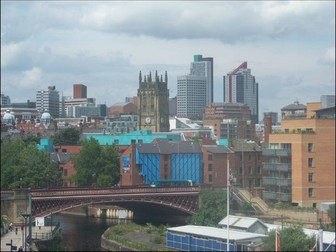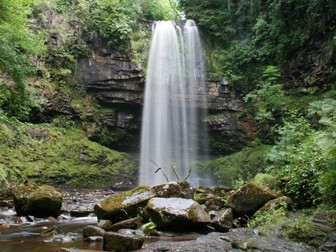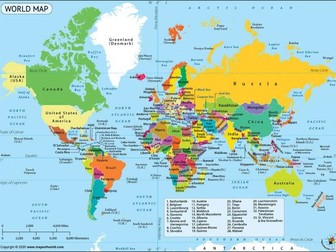GCSE Geography - Rivers Fieldwork Write Up Booklet (AQA, Edexcel + OCR)
This booklet is aimed for those students following the Pearson Edexcel GCSE (9-1) Geography A specification- but can easily be adapted for AQA or OCR
The booklet supports the post-field trip write up by students - and can be used in class or set as an extended piece of home learning.
It covers each step of the the ‘route to enquiry’ and will help prepare students for their Paper 3 examination.
There is a PDF version - and also a Word-version so that you can tweak it to suit you own fieldwork requirements i.e. adaptable for different specifications.


